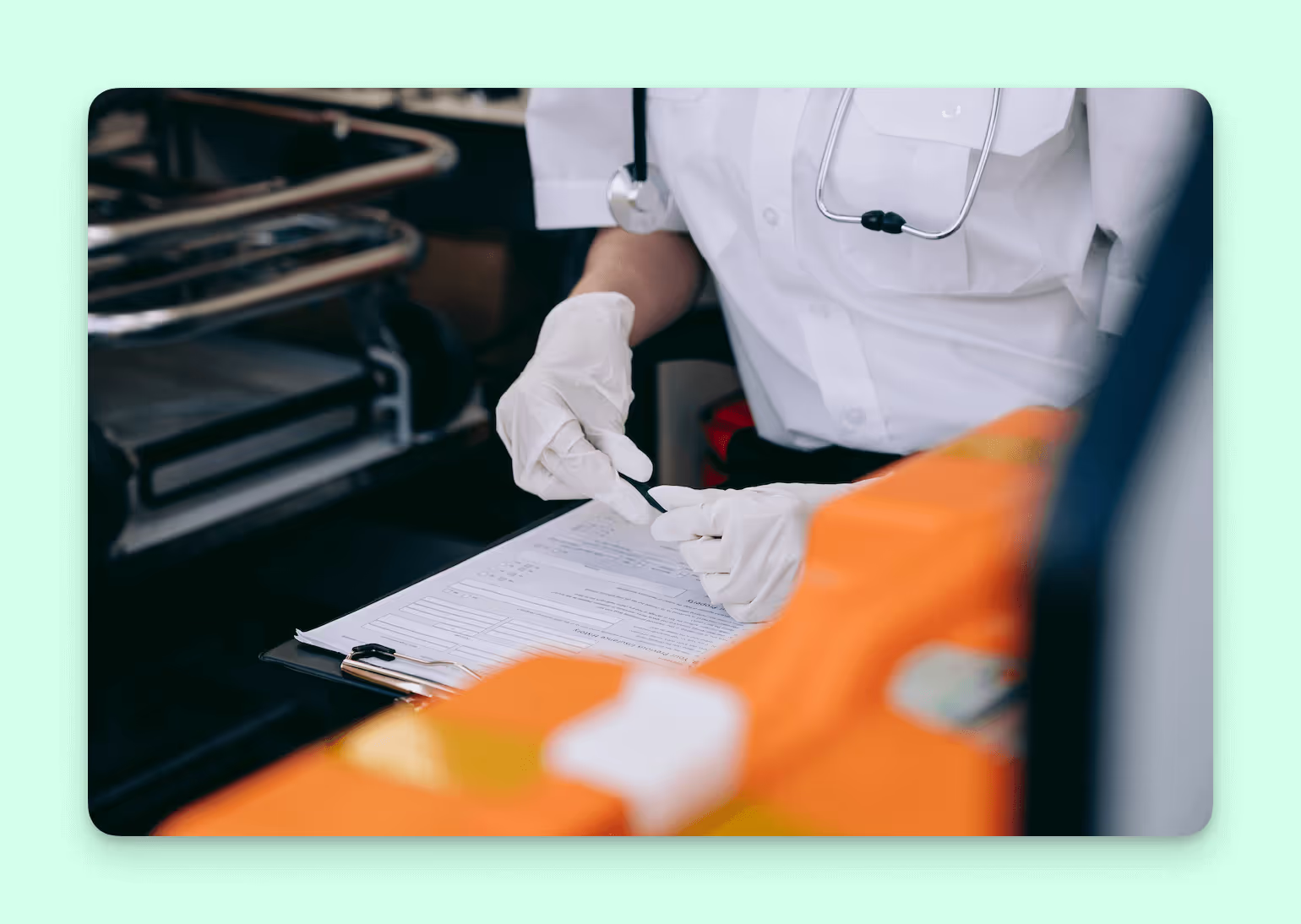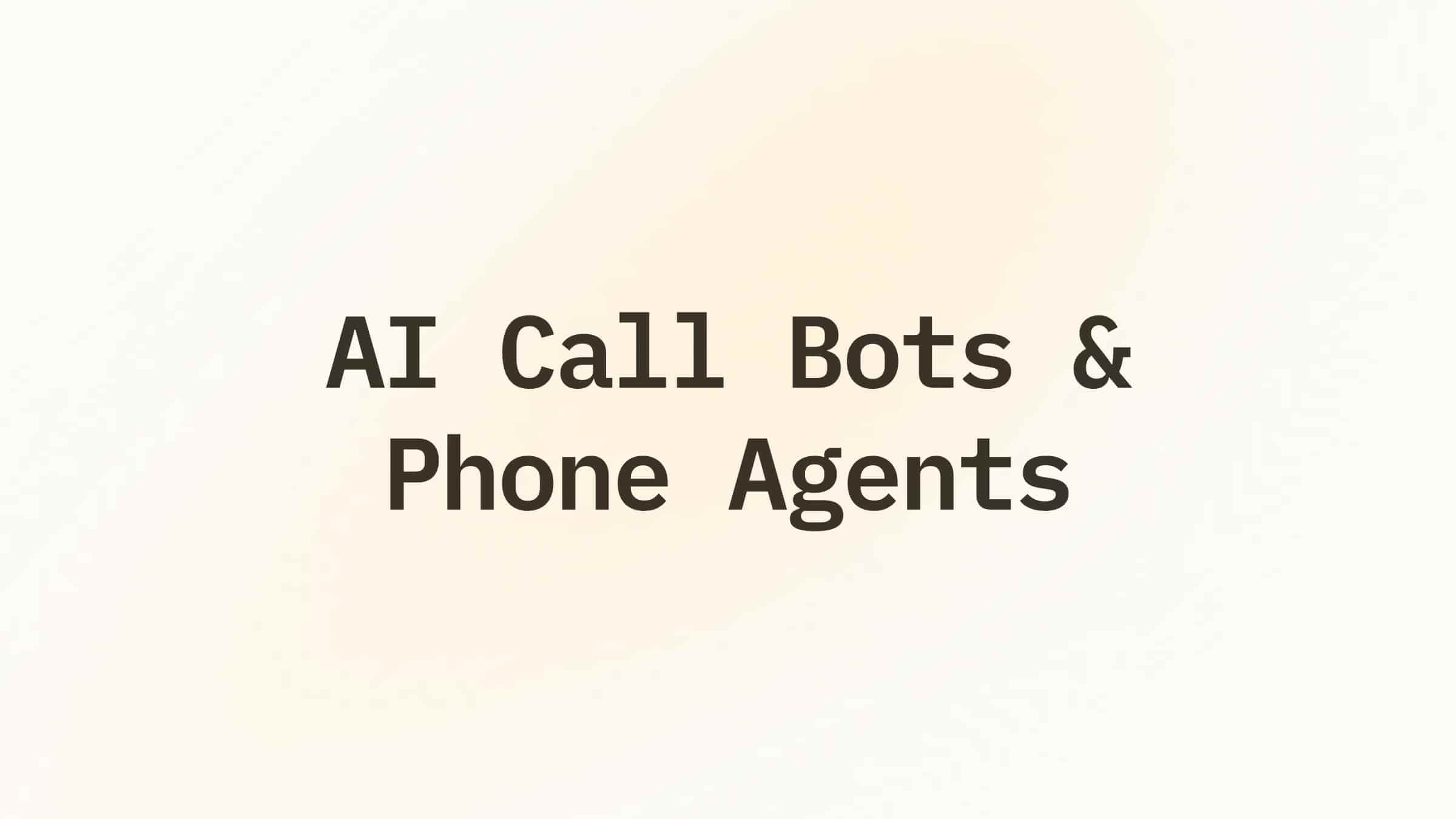Here’s the understatement of the century for you: doctors are busy. They see patients, juggle a million diagnoses, and try their best to provide high-quality care for everyone.
Yet, what patients don’t even see is the heaps of paperwork. That’s right: after a busy day, doctors often have hours of clerical work to look forward to.
And that’s where the outpatient scribe comes in.
In this article, we'll explore how outpatient scribes improve the patient experience by freeing up doctors to focus on you.
We’ll cover:
- The basics of the outpatient scribe role
- The differences between outpatient scribes and other medical scribes
- The costs of using competent scribes
- The AI alternatives
Time to get started!

What is an outpatient scribe?
An outpatient scribe, also known as an ambulatory scribe, helps physicians in outpatient clinics by documenting patient encounters in the electronic health record (EHR) system during office visits.
Outpatient scribes work hand-in-hand with physicians, physician assistants, and nurse practitioners in specialty clinics, primary care offices, and other non-emergency settings.
Outpatient scribes also relieve the burden of note-taking and EHR documentation from providers so they can focus on patient care.
These scribes accompany providers during patient visits and document the history, physical exam findings, assessment, plan of care, and any procedures.
They also capture the details of the conversation and exam efficiently and accurately, which lets the physician do their thing: devote their time to the patient.
Not just anyone can do this, though: outpatient scribes go through intensive training to become experts in medical terminology, abbreviations, and EHR systems.
They need to exhibit strong communication, interpersonal, and technical skills.
Although outpatient scribes do not directly administer care, treat patients, or interpret test results, they do play an important role in streamlining workflow so physicians can operate at the highest level.
What's the difference between an outpatient scribe and other medical scribes?
An outpatient scribe helps clinicians in private practices and clinics, not hospitals. So, they work alongside doctors during patient visits, and not in the emergency room.
Unlike ER scribes who see a high volume of patients with acute issues, outpatient scribes typically see scheduled appointments with follow-up visits and physicals.
The pace is usually (thankfully) slower, allowing them to build rapport with doctors and patients over time. Also, the work hours are more consistent, often during regular business hours.
Using outpatient scribes allows physicians to spend less time on EHR data entry and more quality time with patients.
Some studies show that doctors can see up to 20% more patients per day with a scribe, improving productivity and reducing physician burnout.
For many private practices, the benefits of working with scribes speak for themselves – if they’ve got the moolah, that is.
Where do outpatient scribes work?
Outpatient scribes, also known as healthcare scribes or medical scribes, work in physicians’ offices and outpatient clinics.
Common places outpatient scribes work include:
- Private physician practices like family medicine, internal medicine, pediatrics, and specialty clinics.
- Community health centers and federally qualified health centers (FQHCs) that provide primary care services for underserved populations.
- Ambulatory surgical centers where outpatient surgeries and procedures are performed.
- Rural health clinics in small towns and remote areas.
- Telemedicine companies that provide virtual care and chronic disease management.
While emergency department scribes typically work unpredictable shifts to match physician schedules, outpatient scribes usually work more traditional daytime hours during the workweek. (You can tell due to the lack of dark circles under the eyes).
However, some larger practices and clinics employ scribes for extended hours and weekend coverage as well.
What are the costs of using outpatient scribes?
It’s important to understand that, as an outpatient clinic or private practice, hiring scribes can save you money in the long run.
While scribe salaries and benefits are an upfront cost, using scribes frees up your physicians’ time, allowing them to see more patients.
This can increase revenue and offset the initial investment in scribes.
According to the Bureau of Labor Statistics, the median pay for medical scribes in the U.S. is around $33,000 per year.
But, the exact salaries depend on factors like location, experience, education, and job responsibilities.
As a general rule, outpatient scribes typically earn a bit less than emergency department scribes. But you’ll also need to factor in costs for training, management, and HR overhead.
Many clinics start by hiring part-time scribes, often students working their way through nursing or pre-med programs. This minimizes costs as you test the waters, and then can then expand the program as needed.
Also, some outpatient practices hire scribe companies to handle recruitment, training, and management. This outsourcing approach may cost more but reduces the administrative burden.
{{templates}}
Should you use an outpatient scribe or rely on AI?
Ah, the old “automate vs keep things as they are” scenario we’re seeing across nearly every type of industry.
But medicine is not manufacturing, and there’s always the fear of AI not being able to compete with the human touch in this area.
When it comes to documenting patient visits, you have a choice between hiring an outpatient scribe or using AI-based software.
Both options have their pros and cons, so you'll need to weigh them carefully based on your needs and resources.
The main benefits of scribes are improved physician productivity and satisfaction. But, human scribes need salaries, benefits, and office space, which can be expensive. And there’s also the fear of that old nemesis: human error.
On the other hand, AI-based medical documentation systems use voice recognition and natural language processing to automatically generate patient notes.
The main benefits of AI are lower costs and consistent, accurate documentation – the newer systems are even consistently exceeding a 99% accuracy rate.
But, some people like having another human in the room, and you can’t deny the simple warmth of having an outpatient scribe around.
An AI also requires an initial investment in the software – but it’s typically much less than hiring a human and keeping them around.
For some practices, a combination of scribes and AI may work well. Scribes handle complex patient encounters where empathy and precision are most important, while AI handles routine follow-ups.
As with many things in life, it’s rarely an either/or scenario.
{{cta}}
Summing up
While the future is uncertain, one thing is clear - scribing helps providers focus on patient care. And improving the patient experience is what really matters.
And deciding whether to employ an outpatient scribe, use an AI, or a combination of both, the choice is up to you.
But if helping others and providing the best care possible is your thing (as we know it is), we know one thing for sure: you won’t keep taking down notes yourself.

Next steps
Want to bring your practice into the 21st century? Lindy’s cutting-edge superhuman AI can take care of your medical notes in a way no outpatient scribe could ever match.
- 80% reduction in charting time: Get 8 hours per week back for what matters most – your patients.
- You make more money: $20,000-$45,000 increased annual earnings per doctor (clinician studies).
- Beyond human capabilities: Medically tuned AI picks up on medical terms and shorthand and ensures your documentation is flawless, secure, and HIPPA compliant.
- No more time-consuming software: Seamlessly integrate Lindy with your existing systems (like Zoom, or your EMR) and add customizable templates into your workflow.
Don’t just take our word for it. Try out Lindy for free.
Explore AI-powered, HIPAA-compliant Medical Dictation with Lindy



















.jpg)
.png)
.png)


.png)
.png)